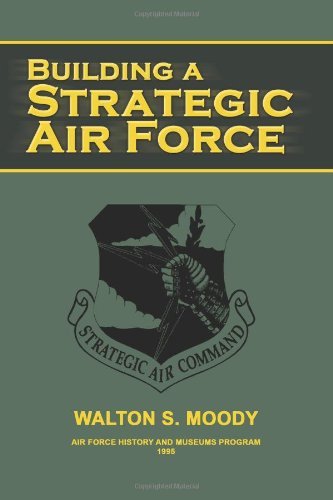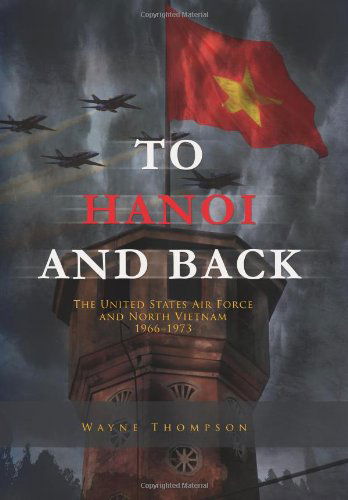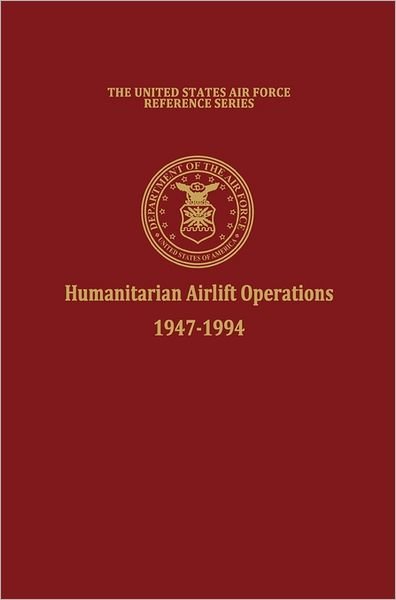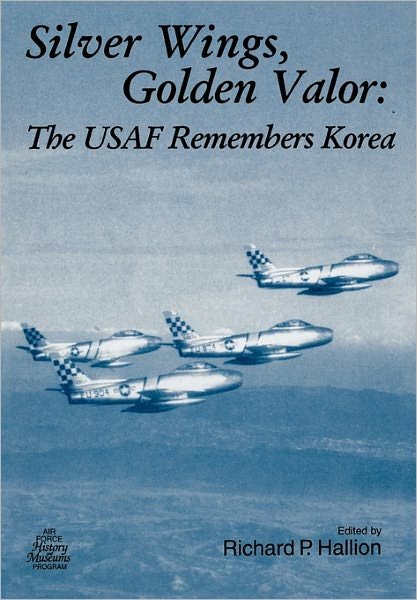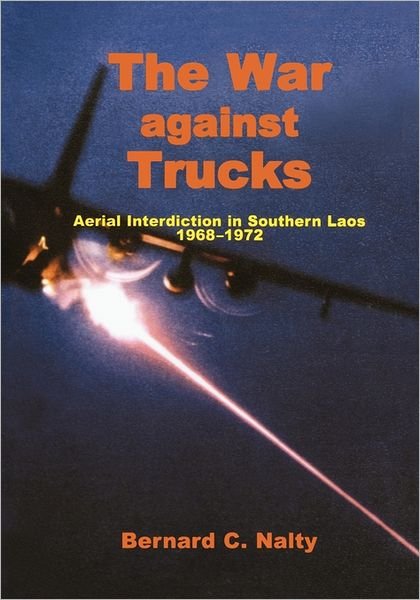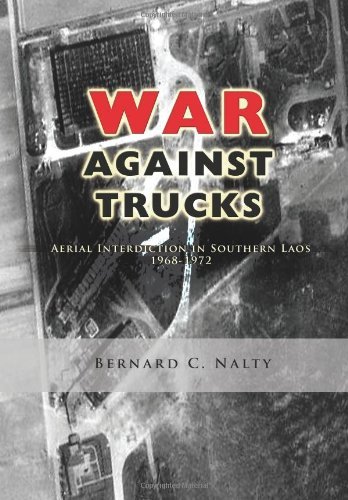
Tell your friends about this item:
The War Against Trucks: Aerial Interdiction in Southern Laos 1968-1972
Air Force History and Museums Program
The War Against Trucks: Aerial Interdiction in Southern Laos 1968-1972
Air Force History and Museums Program
The Air Force History and Museums Program has prepared accounts of the United States Air Force and the war in Southeast Asia according to a design that reflects the compartmentalized nature of the conflict itself. Besides the special studies like the illustrated history (The United States Air Force in Southeast Asia, 1961?1973: An Illustrated Account) and the monographs, some of them quite lengthy, on topics like rescue or tactical airlift, the Air Force history program has published volumes on the air wars over South Vietnam and Cambodia, North Vietnam, and Laos. This book is the last of three recounting operations in Laos, one of them dealing with the war in the northern part of that kingdom and the other two with aerial interdiction in the south. This history covers the critical years from 1968 through 1972, when the Air Force carried out the Commando Hunt series of aerial interdiction campaigns against the Ho Chi Minh Trail in southern Laos, trying, in conjunction with ground actions, to use air power and electronics to impede the movement of men and supplies from North Vietnam to the battlefields of South Vietnam. Conducted during the time the United States was withdrawing ground forces and turning the war over to the greatly strengthened armed forces of South Vietnam, Commando Hunt sought to prevent a North Vietnamese offensive that would take advantage of the declining U. S. presence. That attack did not come until March 1972 and not only stopped short of overrunning South Vietnam, but also was a setback for the Hanoi government and a cease-fire agreement. The invasion, however, signaled the end of Commando Hunt, for the South Vietnamese did not take over the electronic surveillance network?with its computer, sensors, and communications equipment?that made the series of aerial interdiction operations possible. ?The real war,? said Walt Whitman, ?will never get in the books.? Yet, even though they cannot conjure up the realities of death and suffering, heroism and sacrifice, books like this have a purpose, offering the counsel of the past to help today?s policy makers. What useful principle can they derive from an account of the events of a few years in a unique part of the world? Stripped of all that links it to a particular time, place, and strategy, this narrative warns them that a determined enemy may be able to use geography, climate, and ingenuity to blunt the cutting edge of technology. Against such a foe, what seems flawless in theory or has succeeded brilliantly in tests may fail in actual combat, but what fails on one battlefield may succeed years later on another. In the last analysis, military genius does not reside in compiling lists of lessons learned, but in analyzing the past and applying its distilled wisdom in new, perhaps unique, circumstances.
| Media | Books Paperback Book (Book with soft cover and glued back) |
| Released | May 27, 2012 |
| ISBN13 | 9781477550076 |
| Publishers | CreateSpace Independent Publishing Platf |
| Pages | 378 |
| Dimensions | 167 × 20 × 240 mm · 598 g |
| Language | English |
More by Air Force History and Museums Program
See all of Air Force History and Museums Program ( e.g. Paperback Book and Hardcover Book )

 Christmas presents can be returned until 31 January
Christmas presents can be returned until 31 January




